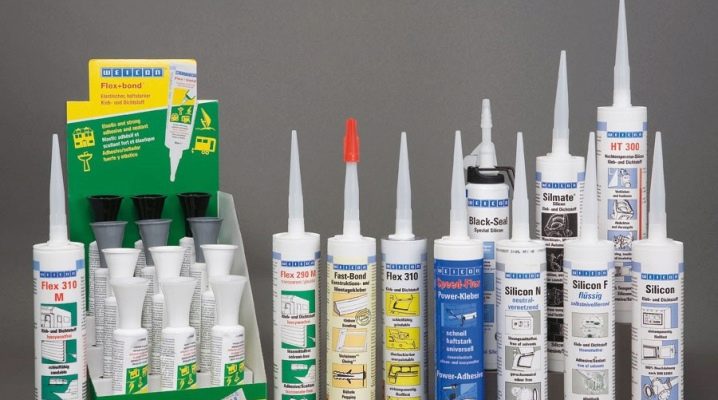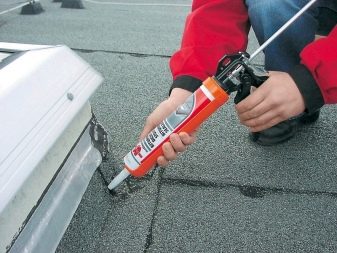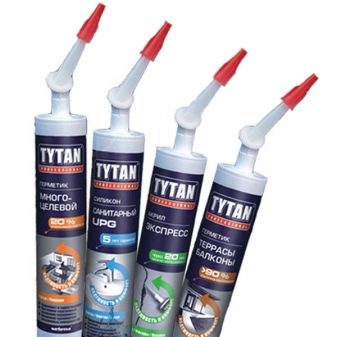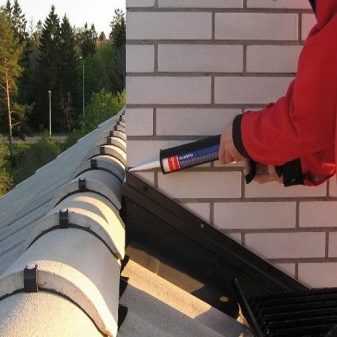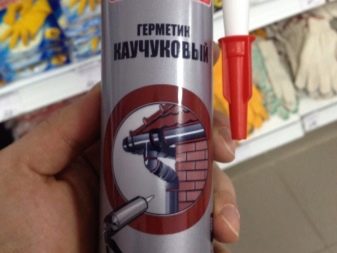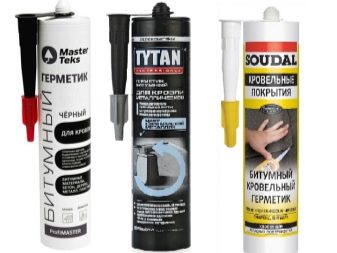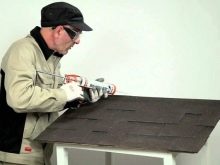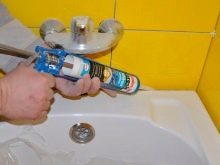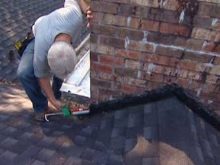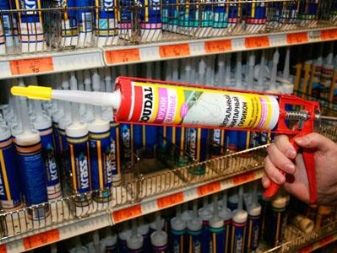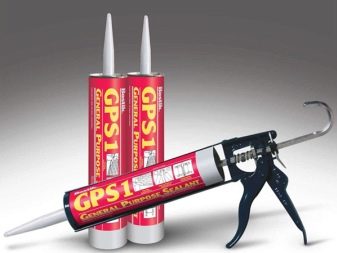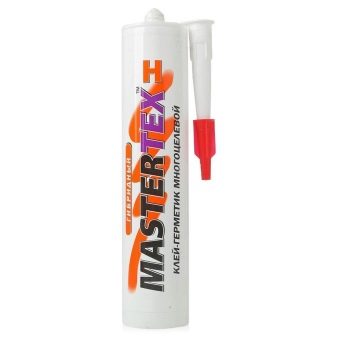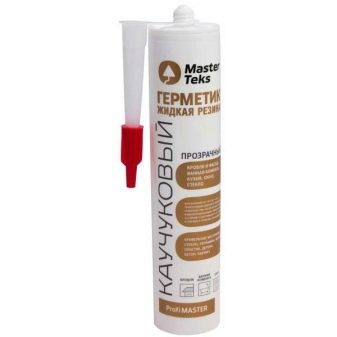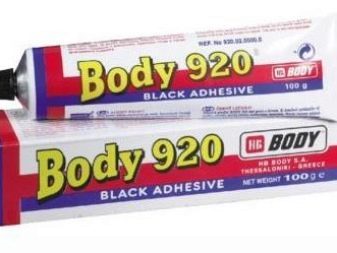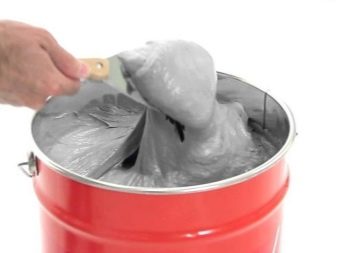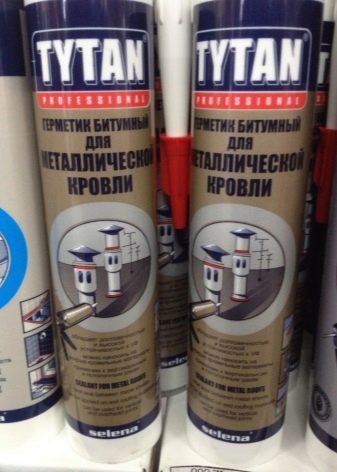Rubber Sealants: Tips for Choosing
The implementation of construction work is always accompanied by the need to overlap gaps, eliminate cracks, chips and other defects. A significant role in such actions is played by special sealants, among which compositions based on rubber are particularly notable. But they must be used with caution and used strictly in accordance with the manufacturers instructions, with formal technology.
Special features
The main component of any rubber sealant is synthetic rubber. Like mixtures based on modified bitumen, such substances resist moisture very well. Due to such valuable properties, they can be used in sealing the roof and facade, as well as during internal work, even in the wettest rooms.
Sealants that protect the surface from water, well kept on the surface of a variety of materials, including rubber. They can be used to repair an inflatable boat, waders and more. Roofing material and other roofing products are glued over the sealing layer.
Rubber-based sealants can be applied to the surface without thorough cleaning, since a high level of adhesion ensures reliable adhesion. Work should be strictly at positive air temperatures.
The main advantages of rubber sealants:
- good level of elasticity;
- working temperature range is at least -50 degrees and maximum +150 degrees;
- the ability to color the sealing compound after application in any suitable tone;
- resistance to ultraviolet radiation;
- the possibility of applying up to two decades.
But also rubber sealant has disadvantages. It cannot be used for certain types of plastics. It has the ability to soften when in contact with mineral oil.
Field of use
First of all, rubber sealants are intended for closing deformation joints and joints:
- on the facade of the house;
- in the kitchen;
- in the bathroom;
- on roofing.
The material has excellent adhesion on wet and oily base., it can be applied together with bitumen and does not incorporate silicone. The properties of a rubber sealant can be used on brickwork and to increase the density of the bundle of railings with walls and plasters. It will be possible to glue the copper window sill onto a slope of oak, to seal the joint of stone, wood, copper and glass.
Sealants are allowed to be used to improve the level of insulation at the joints of panels of decorative materials, when installing plumbing and ventilation devices, in the process of installing double-glazed windows. They allow you to remove obvious defects, as well as to prevent the impact of subsequent shifts and shrinkage of buildings.
Reviews
MasterTeks rubber sealant is a quality material that can be purchased at an affordable price. This mixture, sold in the Russian market under the name "Liquid Rubber", is excellently retained on any kind of surfaces. The extremely high level of adhesion to wet and oily bases does not prevent the composition to remain permanently elastic.The material can serve as an adequate substitute for polyurethane, silicone, polymer and other widely used means. The formed layer is mechanically strong and at the same time elastic. Reviews for such coverage are extremely positive.
Manufacturers and Versions
The main part of Russian companies involved in the production of rubber and other sealants, concentrated its production in the Nizhny Novgorod region. Accordingly, almost all products from other regions of the Russian Federation are not an independent product, but only the result of label pasting.
Greek trademark material Body It is considered by experts to be perhaps the best solution for a metal surface and joints of metal parts. Unfortunately, the coating created is quickly destroyed by ultraviolet rays. For applying the mixture need a manual or air gun.
Sealant "Titan" can be considered as a universal finishing and building material. It is used for metal, and for wood, and for concrete.
Choose exactly this option is needed if required:
- close the small gap;
- seal the roof;
- to mount plumbing fixtures;
- glue together glass and ceramics.
No material is able to provide such elasticity, protection against contact with water, from the effects of vibrational vibrations as a sealant "Titanium". Drying time depends on humidity and air temperature. On average, complete drying ranges from 24 to 48 hours.
For how to choose a sealant, see the following video.
